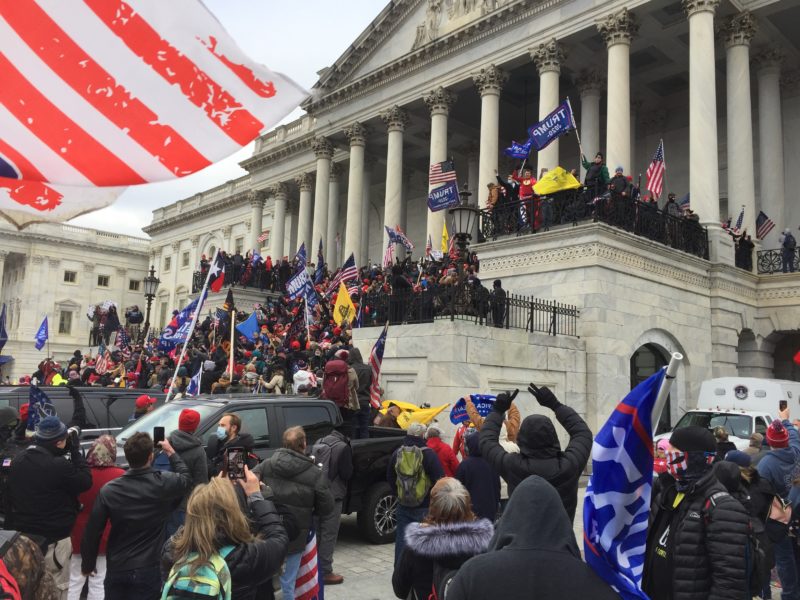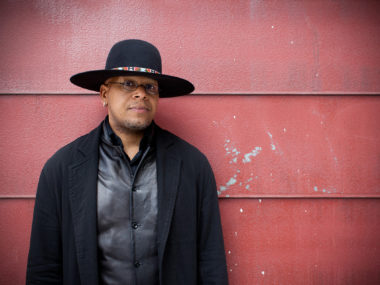For the first time since 1814, unauthorized forces took control of the United States Capitol building. Domestic insurrectionists inspired and motivated by a sitting president overcame defenses (albeit weak), stormed the building, then looted and pillaged its grounds.
Much about this event is deeply troubling. It reveals fundamental faults in our society, our institutions, and our leaders. But one under-appreciated aspect of this event with significant implications is the fact, quite simply, that it succeeded.
Of course, success is hard to measure. In this case, the clearest victory was tactical: members of the fascist mob broke into the Capitol and disrupted the electoral process. Strategically, however, if their goal was to keep President Trump in power, or to capture Vice President Pence, they failed. Congress’ determination to certify the Electoral College results the same day made sure of that.
No matter its form, the success of last week’s insurrection is significant. Non-state groups and even lone attackers are copycats, and they are emboldened by success. They are rational, they read the news, and they mimic what others do—especially when it works. Evidence of this is overwhelming. We see it in the design and implementation of IEDs, the diffusion of suicide bombings and kidnappings, and even the rise and evolution of mass shootings in the United States.
Airline hijackings were no different. Terrorist organizations were highly responsive to the successes of their peers. Simply put, success made additional hijacking attempts much more likely. And while improved defenses like metal detectors made hijackings less likely, groups also found ways around them—as with the hijackings on 9/11.
There are more recent examples, too. One of the Islamic State’s first vehicle-borne terrorist attacks—where individuals drive trucks through crowded sidewalks—occurred on July 14, 2016, in Nice, France. Eighty-six people died and 458 were injured. Nearly 10 similar attacks rattled Europe the following year. Zero occurred the year before.
The copycat nature of political violence suggests that we may see more of it in the United States—perhaps in the same form, or against similar targets—even if states and the federal governments step up their defenses. In fact, we have already seen this: in the immediate aftermath of the events in DC, crowds formed at numerous statehouses, and officials were evacuated in New Mexico, Georgia, Texas, and Washington state. The following day, protesters who participated in the Capitol attack gathered in New Mexico and claimed they would be back on January 20 to do it again. “Blood will run out of the building,” they said. And owing to the success, analysts have even warned that this now offers a blueprint for future attacks by the Islamic State.
Why did this insurrection succeed against one of the world’s foremost military powers? How could an unorganized mob storm the US Capitol? Sadly, last week’s tragedy confirms another well-established research finding: that defense policies, even domestic ones, are highly politicized. In this case, it is even more troubling that the commander in chief not only goaded on the attackers, but resisted sending in the National Guard for a time. This helped the attack succeed. By doing so, the outgoing president not only set a dangerous precedent for domestic violence, but he made it much more likely as well.






